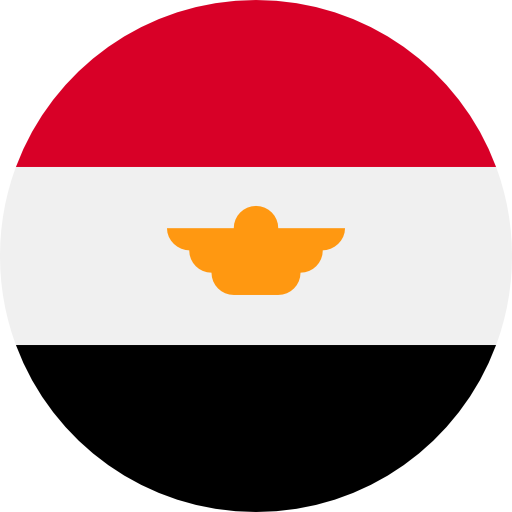VIRTUAL MUSEUM | TOMB-CHAPEL OF HERY
TOMB-CHAPEL OF HERY
Hery was «overseer of the double granary of the royal wife and mother of the king, Ahhotep», circa 1520 BC. The queen mother ruled the country at the beginning of the 18th Dynasty from the capital Thebes, while her son, King Ahmose, was fighting against the Hyksos in the eastern delta. Thus, Hery mentions Ahhotep, while the name of King Ahmose is not mentioned once in the decoration of the tomb walls. Similarly, the figure and name of Hery’s mother are repeated, «the lady of the house Ahmose», but we have no news about her father.
MARKERS
1.- The walls were decorated in high quality relief, and the figures were never coloured. When Champollion and Rosellini entered the tomb in 1829, the thieves had already begun to tear some fragments from the wall to sell them to Western tourists. But the tomb suffered especially at the end of the same century. Fortunately, before the worst damage occurred, W. Spiegelberg in 1896 made a tracing of the left wall of the corridor. The papers are preserved today in the Griffith Institute at Oxford University, and allow us to see what the parts of the wall that are missing today looked like. The left wall depicts in three registers the funerary procession and an image of the main chapels of the afterlife. Next, a large banquet is depicted in which Hery is accompanied by his children, brothers and sisters. The mother sits next to Hery, moving his wife to a stool on the other side of the offering table.
3.- The right wall begins with a scene of hunting a hippopotamus with a harpoon and fishing in the reed beds. This is followed by a scene of hunting with a bow in the desert, accompanied by a parade of men carrying offerings to Hery and his mother.
4.- The innermost room may have been decorated at one time, at least in part, but today hardly anything remains, as a result of the fires that were lit there to burn human and animal mummies in the late Ptolemaic and Ptolemaic periods.
TOMB-CHAPEL OF HERY
Hery was «overseer of the double granary of the royal wife and mother of the king, Ahhotep», circa 1520 BC. The queen mother ruled the country at the beginning of the 18th Dynasty from the capital Thebes, while her son, King Ahmose, was fighting against the Hyksos in the eastern delta. Thus, Hery mentions Ahhotep, while the name of King Ahmose is not mentioned once in the decoration of the tomb walls. Similarly, the figure and name of Hery’s mother are repeated, «the lady of the house Ahmose», but we have no news about her father.
MARKERS
1.- The walls were decorated in high quality relief, and the figures were never coloured. When Champollion and Rosellini entered the tomb in 1829, the thieves had already begun to tear some fragments from the wall to sell them to Western tourists. But the tomb suffered especially at the end of the same century. Fortunately, before the worst damage occurred, W. Spiegelberg in 1896 made a tracing of the left wall of the corridor. The papers are preserved today in the Griffith Institute at Oxford University, and allow us to see what the parts of the wall that are missing today looked like. The left wall depicts in three registers the funerary procession and an image of the main chapels of the afterlife. Next, a large banquet is depicted in which Hery is accompanied by his children, brothers and sisters. The mother sits next to Hery, moving his wife to a stool on the other side of the offering table.
3.- The right wall begins with a scene of hunting a hippopotamus with a harpoon and fishing in the reed beds. This is followed by a scene of hunting with a bow in the desert, accompanied by a parade of men carrying offerings to Hery and his mother.
4.- The innermost room may have been decorated at one time, at least in part, but today hardly anything remains, as a result of the fires that were lit there to burn human and animal mummies in the late Ptolemaic and Ptolemaic periods.



